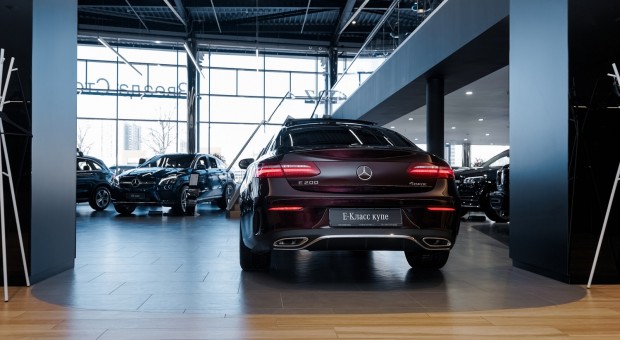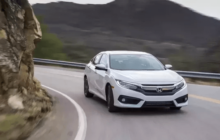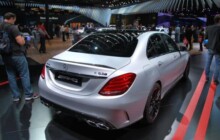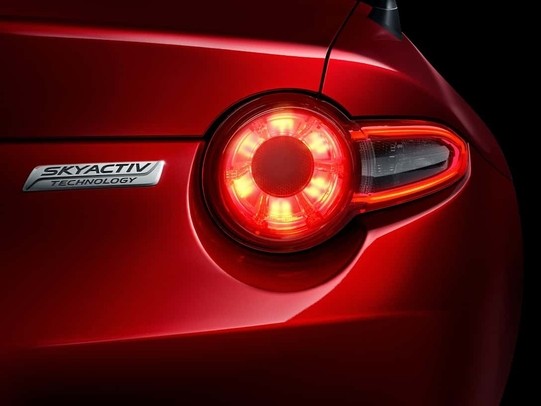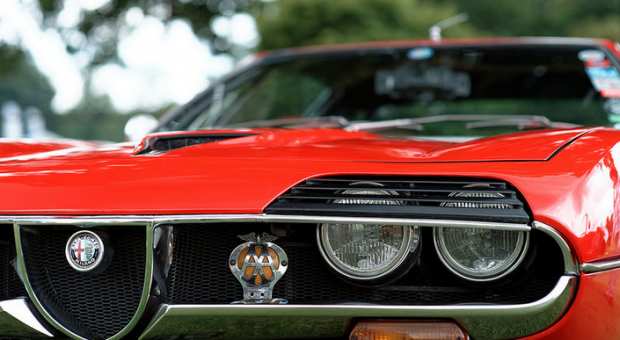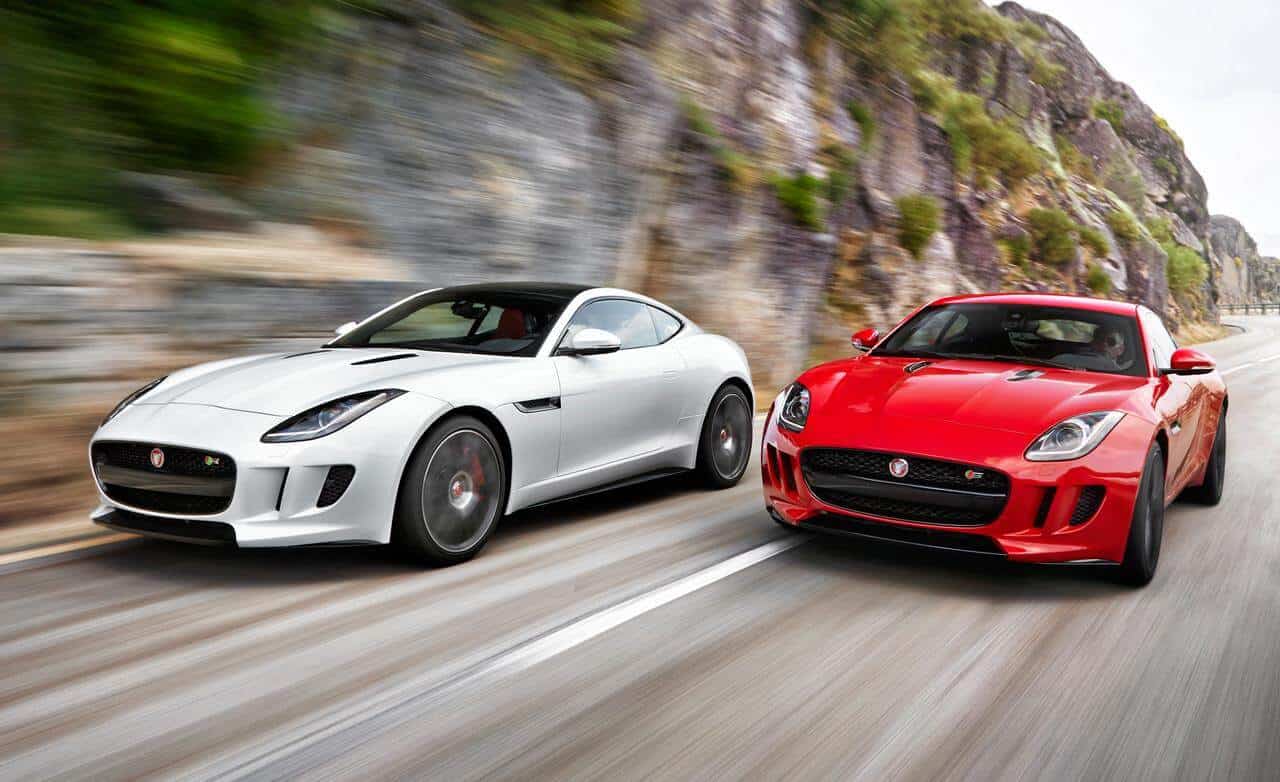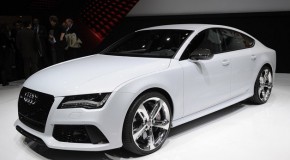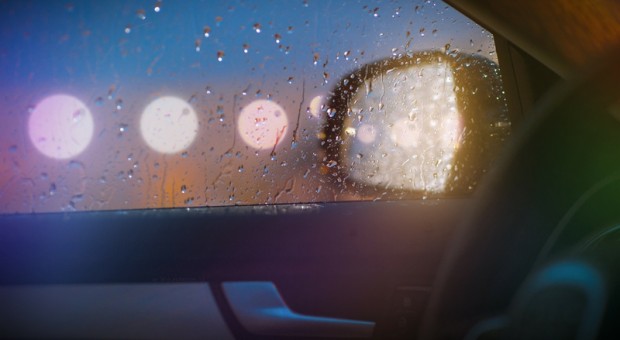
Navigating the road in low-visibility conditions such as heavy fog can be quite stressful and can interfere with depth perception, distance judgment, and response times.
This is where Advanced Driver Assistance Systems (ADAS) provide essential support, using windshield-mounted sensors and cameras to help monitor surroundings, detect obstacles, and assist with real-time decision-making.
This article explores the often-overlooked connection between ADAS safety features and your vehicle’s windshield. You’ll learn what sensors are in a windshield, how ADAS calibration after windshield replacement is performed, and why working with certified technicians is critical to maintaining system accuracy.
The Role of the Windshield in Advanced Driver Assistance Systems (ADAS)
Modern windshields do more than block wind and protect against debris; they are also integral to the operation of Advanced Driver Assistance Systems (ADAS).
Most ADAS features depend on windshield-mounted components such as cameras, ambient light and rain sensors, and, in some models, LiDAR and heads-up display (HUD) calibration points. These systems play a critical role in features like lane-keeping assist, automatic emergency braking, and adaptive cruise control.
Because these systems rely on the precise angle and positioning of each sensor, the ADAS calibration after windshield replacement or repair must be performed with absolute accuracy. Misalignment, even by a few millimetres, can lead to system errors, false readings, or complete ADAS shutdown.
How Repairs and Replacements Disrupt ADAS Calibration
ADAS sensors, especially forward-facing cameras mounted near or behind the windshield, are extremely sensitive to movement. Both chip repair and full glass replacement can unintentionally shift or misalign these sensitive systems.
Structural Shifts During Chip Repair
Though chip repairs are localized, they involve pressure application and resin expansion. This process can cause:
- Minor warping near the camera mount area: Even small amounts of heat or pressure during the resin curing process can slightly distort the area surrounding the camera mount, especially on thinner or curved sections of the windshield.
- Slight shifts in housing brackets or adhesive: Even subtle shifts in the mounting bracket or the adhesive bond can misalign the camera, affecting depth perception and field of view accuracy for lane departure or collision warnings.
- Misalignment of the camera’s optical path: If the camera’s lens is tilted or repositioned during chip repair, the altered optical path can feed inaccurate data to the ADAS software, resulting in delayed or false alerts.
How a Full Replacement Affects ADAS Calibration
A full windshield replacement carries even higher calibration risks, as the process directly affects the mounting position of critical sensors and cameras.
- Improper glass alignment by even a few millimetres: Windshields must be installed with exacting precision. A misalignment of just a few millimetres can shift the position of forward-facing cameras, resulting in inaccurate lane detection or compromised braking assist functions.
- Uneven adhesive curing, leading to gradual shifting: If the adhesive used during installation cures unevenly or fails to bond uniformly across the windshield frame, the glass may slowly shift over time, affecting the accuracy of camera-based systems.
- Incorrect reseating of camera mounts or brackets: Many ADAS cameras are mounted directly to the windshield or housing brackets. If these components aren’t reattached with exact positioning and torque, the camera’s orientation can be compromised.
- Use of non-OEM glass with distorted optical properties: Non-OEM windshields may have slight variances in thickness, curvature, or clarity, which can distort the view captured by ADAS cameras and lead to inaccurate readings.
Static vs. Dynamic ADAS Calibration: Understanding the Methods
If you’re wondering “how long does it take to calibrate a windshield,” the type of calibration your vehicle needs plays a major role. Understanding the difference between static and dynamic calibration methods can help drivers know what to expect during service and why both are critical to system performance.
Static Calibration
Static ADAS calibration is performed indoors using specialized diagnostic tools and alignment targets positioned at specific distances and angles. This process does not require the vehicle to be driven and is ideal for controlled environments such as a calibration bay. It typically takes 30 to 60 minutes, depending on the make and model of the vehicle and the complexity of the sensor system.
Dynamic Calibration
Domestic vehicles such as Ford Mustangs generally use dynamic calibration. This type of ADAS calibration involves real-world driving. A technician must operate the vehicle under specific conditions, like maintaining a certain speed and detecting well-marked lane lines, so the ADAS system can self-adjust based on live data. This method can take anywhere from 45 minutes to 2 hours, with time influenced by weather, road layout, and traffic patterns.
On the other hand, luxury vehicles such as the Rolls-Royce Spectre often require hybrid ADAS calibration—a combination of both static and dynamic methods. Static calibration aligns the forward-facing camera and sensors in a controlled environment, while dynamic calibration fine-tunes systems like adaptive cruise control and pedestrian detection during a test drive.
Windshield experts emphasize that as vehicles become more sophisticated, hybrid calibration is increasingly standard for maintaining full ADAS functionality and safety compliance.
Work With Certified Professionals for Glass Repair & Calibration
As ADAS features like lane departure warnings and emergency braking rely on precise sensor alignment, even a minor chip repair can throw off your vehicle’s safety systems. According to a 2023 AutoBolt ADAS report, 89% of model-year 2023 and newer vehicles need ADAS calibration after windshield replacement, compared to just 25% of 2016 models.
If you’re wondering, “do I need to recalibrate after windshield replacement?”, working with certified professionals ensures that the job is done right the first time. Their experienced team specializes in both glass replacement and professional ADAS calibration, offering complete, OEM-compliant service to ensure your vehicle’s safety systems are restored to factory specifications.
From precise camera alignment to real-time system testing, they take every step necessary to ensure your ADAS performs exactly as intended.

